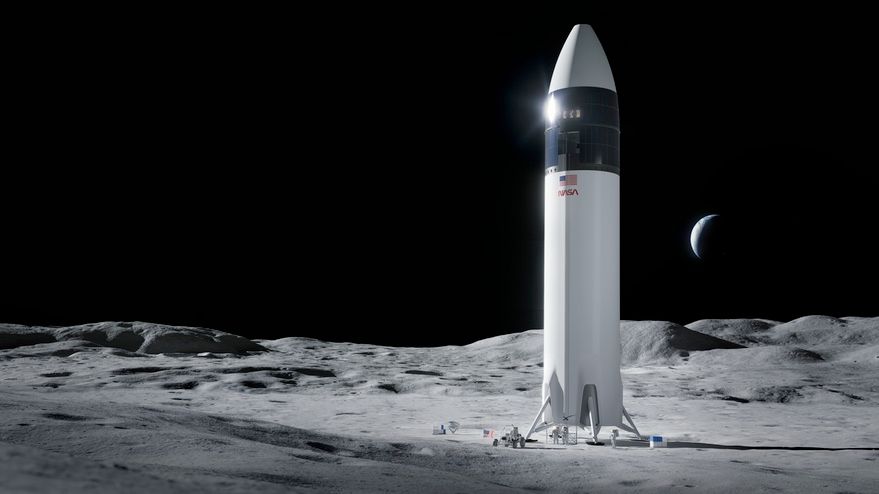Much of the media coverage (linked too here and here) about the Government Accountability Office report on NASA’s Constellation programme has focused on the funding angle and cost estimates but Hyperbola found buried on page nine the following:
“We have reported on several occasions that within NASA’s acquisition framework, the preliminary design/non-advocate review–the hurdle marking transition from program formulation to program implementation–is the point at which development projects should have a sound business case in hand. NASA’s Systems Engineering Policy states that the preliminary design review demonstrates that the preliminary design meets all system requirements with acceptable risk and within the cost and schedule constraints. NASA realized that the Orion project was not ready to complete the preliminary design review process as planned and delayed its initiation from summer 2008 to summer 2009. Furthermore, although NASA officially closed the Ares I preliminary design review process in September 2008, it deferred resolution of the thrust oscillation issue until the Constellation program preliminary design review in March 2010.”
And the GAO report’s conclusion says “the failure to establish a sound business case has placed the program in a poor risk posture to proceed into implementation as planned in 2010.”
This journalist’s question for NASA was, “why did the Constellation programme think that it could close its vehicles’ PDR processes when so much remaining technical uncertainty meant that by other government definitions the space agency could not claim to have mitigated enough risk to confidently plan for the programme’s next stages so they could meet budget and first flight targets?”
Flightglobal’s story on this can be found here. Click through to the extended portion of this blog post to see NASA’s full answer
The Constellation Program and Project PDRs fully comply with the NASA guidance for these reviews prescribed in NPR 7123. The characterization & success criteria for a PDR per NPR 7123 are consistent with other Government, Industry, and International guidance for PDRs. In every case, the review was declared successful by Constellation Program/Project managers, Agency Technical Authorities, and Independent Reviewers (Standing Review Boards). The PDRs were declared successful in each case because the preponderance of technical work was completed at a level that enabled commencement of the detailed design effort. There is always technical uncertainty present throughout the development effort, ebbing & flowing as the system design progresses. At a milestone review such as the PDR, significant effort is expended to characterize this technical uncertainty, one example being the Thrust Oscillation. The technical uncertainty is thoroughly assessed to assure feasible solutions exist and that a viable plan forward is in place to determine and implement the best solution in a timely manner. Indeed, this is precisely what has transpired in the case of the Thrust Oscillation mitigation, with detailed design progressing on the Ares 1 Launch vehicle in parallel with the maturation and comparative evaluation of several mitigation options. A decision to select a particular Thrust Oscillation mitigation option will be made in a few months in support of the Cx Program PDR, effectively removing Thrust Oscillation phenomena from the ranks of technical uncertainty. The selected solution will progress through Ares 1 launch vehicle detailed design, ground testing, and flight testing activities in preparation for operational missions.







